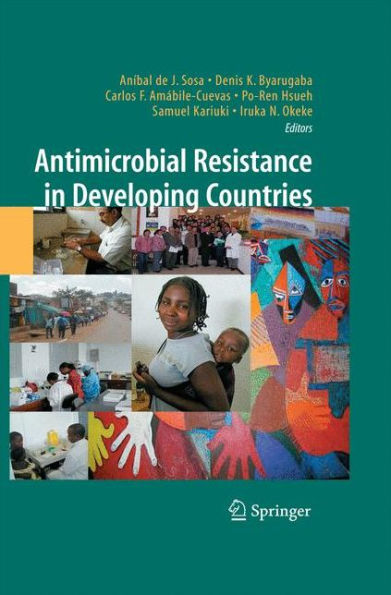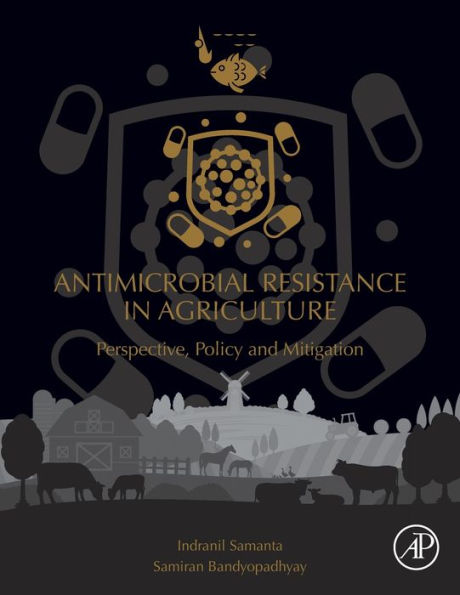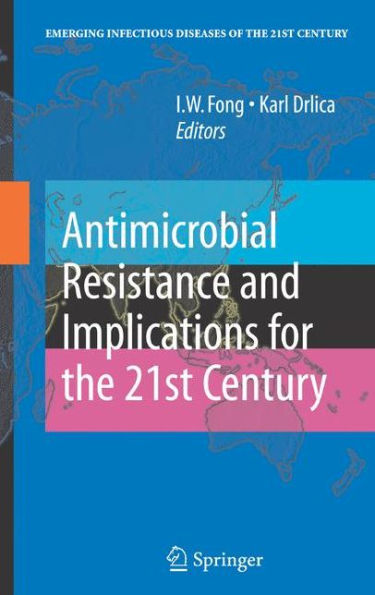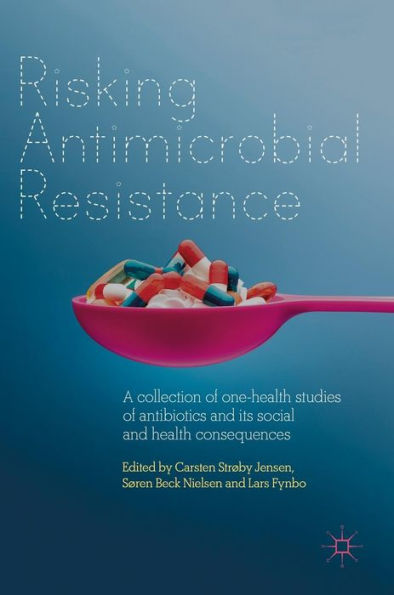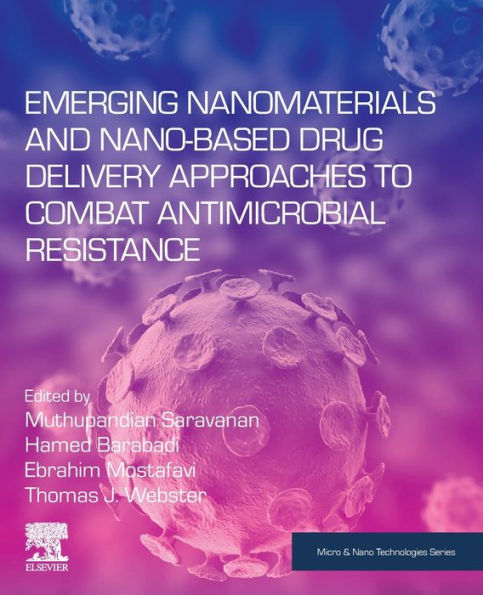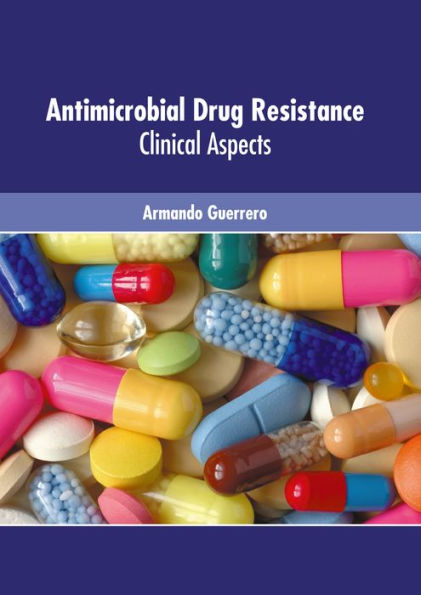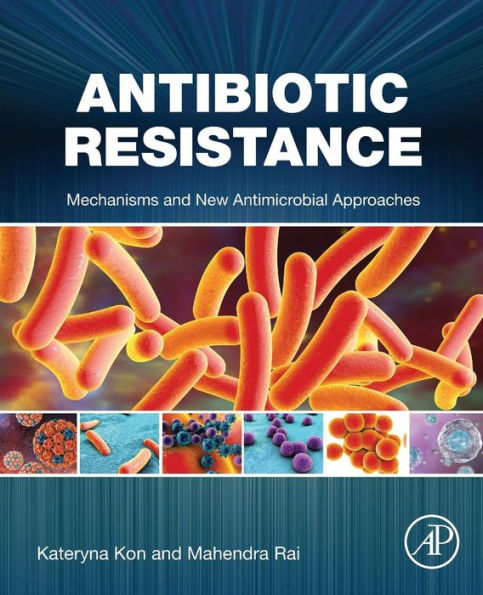Home
Antimicrobial Resistance: Global Report on Surveillance
Barnes and Noble
Antimicrobial Resistance: Global Report on Surveillance
Current price: $48.00
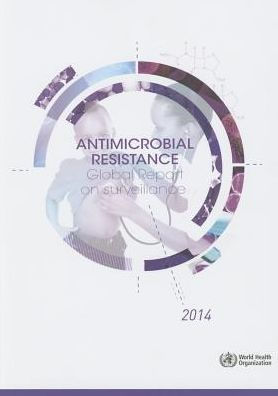

Barnes and Noble
Antimicrobial Resistance: Global Report on Surveillance
Current price: $48.00
Size: OS
Loading Inventory...
*Product information may vary - to confirm product availability, pricing, shipping and return information please contact Barnes and Noble
This WHO report, produced in collaboration with Member States and other partners, provides as accurate a picture as is presently possible of the magnitude of AMR and the current state of surveillance globally. The report focuses on antibacterial resistance (ABR) in common bacterial pathogens. Why? There is a major gap in knowledge about the magnitude of this problem and such information is needed to guide urgent public health actions. ABR is complex and multidimensional. It involves a range of resistance mechanisms affecting an ever-widening range of bacteria, most of which can cause a wide spectrum of diseases in humans and animals.One important finding of the report, which will serve as a baseline to measure future progress, is that there are many gaps in information on pathogens of major public health importance. In addition, surveillance of ABR generally is neither coordinated nor harmonized, compromising the quality and representativeness of many data.Nonetheless, the report makes a clear case that resistance to common bacteria has reached alarming levels in many parts of the world suggesting that many of the available treatment options for common infections in some settings are becoming ineffective. Furthermore, systematic reviews of the scientific evidence show that ABR has a negative impact on outcomes for patients and health-care expenditures. Generally, surveillance in TB, malaria and HIV to detect resistance, determine disease burden and monitor public health interventions is better established and experiences from these programs are described in the report, so that lessons learned can be applied to ABR and opportunities for collaboration identified.
